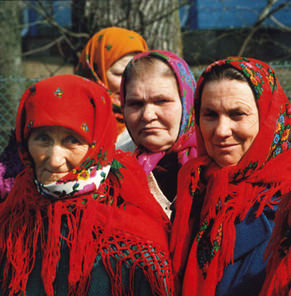Recent publications
Dose Constraint in Optimisation of Occupational Radiation Protection
- Details
- Category: Communications
- Published: Sunday, 08 January 2012 12:00
SCHIEBER C.
Some Considerations from the NEA/CRPPH Expert Group on Occupational Exposure
This oral communication presents a summary of the OECD/NEA publication on 'Dose Constraint in Optimisation of Occupational Radiological Protection’. The main aims of this publication are to analyse countries’ and utilities’ experiences with interpretation and implementation of dose constraints in occupational radiation protection, in regulatory and operational frameworks as they were introduced in the ICRP Publ. 60; to discuss operational and regulatory issues associated with their
Presentation at the International ISOE ALARA Symposium, Fort Lauderdale, USA, 8-11 January 2012.
Abstract
This oral communication presents a summary of the OECD/NEA publication on 'Dose Constraint in Optimisation of Occupational Radiological Protection’. The main aims of this publication are to analyse countries’ and utilities’ experiences with interpretation and implementation of dose constraints in occupational radiation protection, in regulatory and operational frameworks as they were introduced in the ICRP Publ. 60; to discuss operational and regulatory issues associated with their implementation; and to provide suggestions regarding operational objectives and uses of dose constraints in light of recommendations of the ICRP Publ. 103.
This publication addresses the implementation and use of the instrument and principle of dose constraint into a radiation protection regulatory framework. It describes the role of dose constraints in the process of optimisation of radiation protection, and provides explanations where necessary in order to avoid the possible situations where dose constraints are misinterpreted or used as a stringent limit. It provides and analyses existing national regulations and practices used by various operators, as well as identify potential issues that need to be considered in the implementation and setting of dose constraints for the purposes of occupational radiation protection.
A1132

 CEPN is a non-profit organisation created in 1976 to establish a research and development centre in the fields of optimisation of radiological protection and comparison of health and environmental risks associated with energy systems.
CEPN is a non-profit organisation created in 1976 to establish a research and development centre in the fields of optimisation of radiological protection and comparison of health and environmental risks associated with energy systems.
